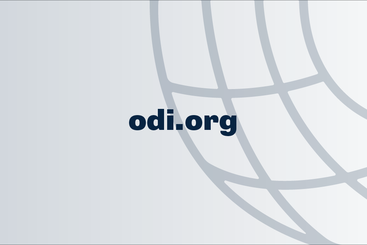For an upper middle-income country, Jordan has a very young population. UNICEF Jordan (2022) reports that 63% of the country’s estimated 11 million people (Department of Statistics, 2022) are under the age of 30. Adolescents aged 10–19 years, who comprise one-fifth of the population (Department of Statistics, 2015), are poised to become an even larger share of Jordan’s population over the next few years (Higher Population Council, 2021). This is partly because Jordan’s refugee population is especially young and partly because fertility rates remain high across all population groups (Higher Population Council, 2021; Department of Statistics and ICF, 2019).
Aware of the many risks and opportunities inherent in this ‘youth bulge’, the Government of Jordan is working to reduce child marriage and adolescent parenthood while supporting young people to develop the healthy lifestyles and skillsets they need for productive adulthood (Higher Population Council, 2021; Jordan Ministry of Youth, n.d.). The Higher Population Council, tasked with addressing the demographic challenges facing the country, has taken the lead on these efforts. It has undertaken several studies on child marriage and adolescent sexual and reproductive health, and carefully reviewed findings from the 2018 Jordan Population and Family Health Survey (JPFHS) to develop priority actions for addressing the sexual and reproductive health issues facing young people in Jordan (Higher Population Council, 2017; UNICEF and Higher Population Council, 2019; Higher Population Council, 2019, 2020, 2021).
Authors: Elizabeth Presler-Marshall, Nicola Jones, Erin Oakley, Wafa Al Almaireh, Sarah Baird and Agnieszka Małachowska
-
Tackling the ‘culture of silence' to improve adolescent sexual and reproductive health in Jordan
Read more about Tackling the ‘culture of silence' to improve adolescent sexual and reproductive health in Jordan.


